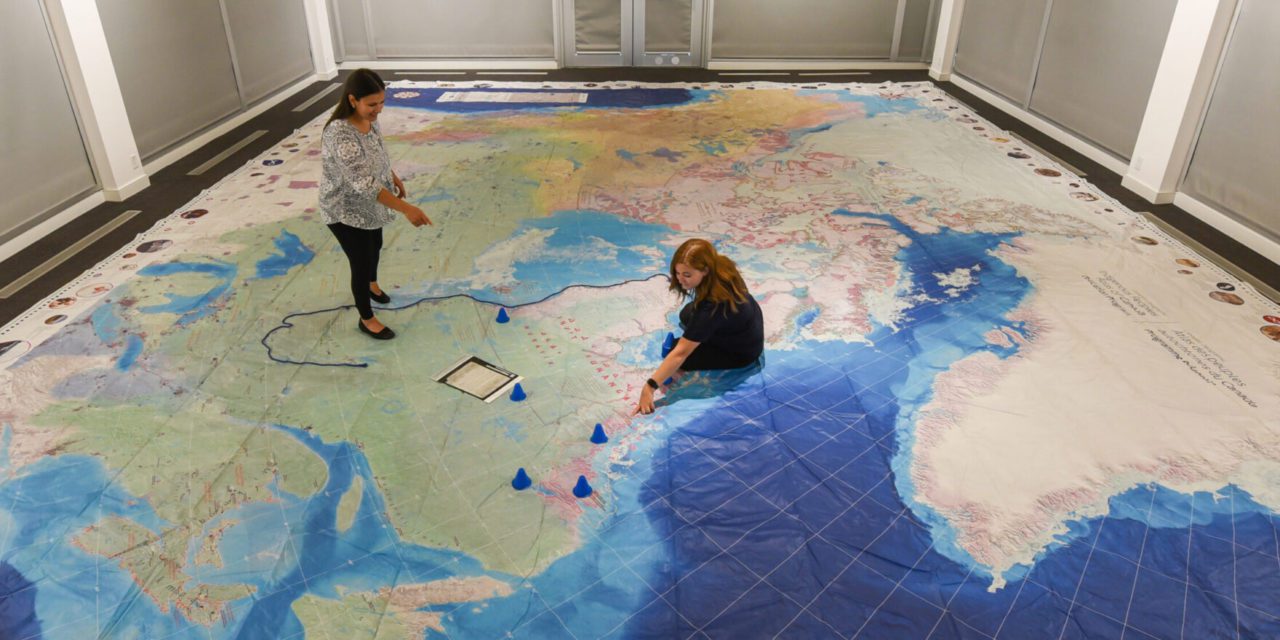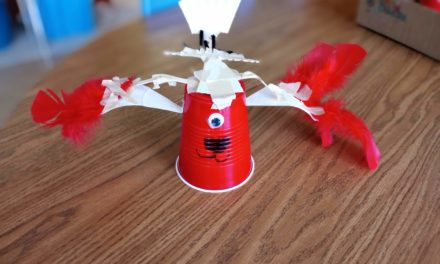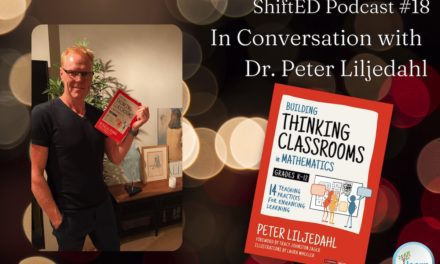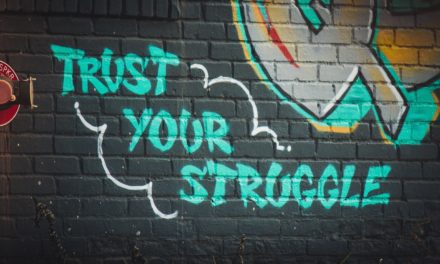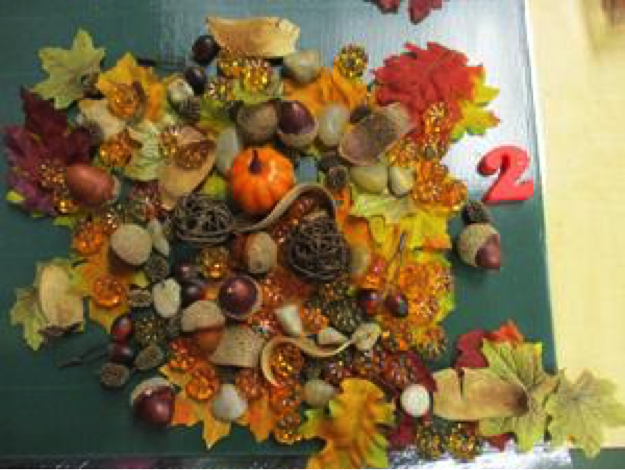June 21, 2022, marks the 26th anniversary of National Indigenous Peoples Day. This day, which is also the summer solstice, is an occasion to celebrate the many distinct Indigenous cultures that live on the land we now call Canada. It is also a day to acknowledge and appreciate the accomplishments and contributions of Indigenous people. There are many different ways to recognize this day. For example, you may choose to participate in a local or virtual event, visit a meaningful location, or spend time with an elder, knowledge keeper or cultural advisor. Why not check out the works of Indigenous artists or authors? You could also learn more about the many contributions and achievements of Indigenous politicians, scientists, and athletes.
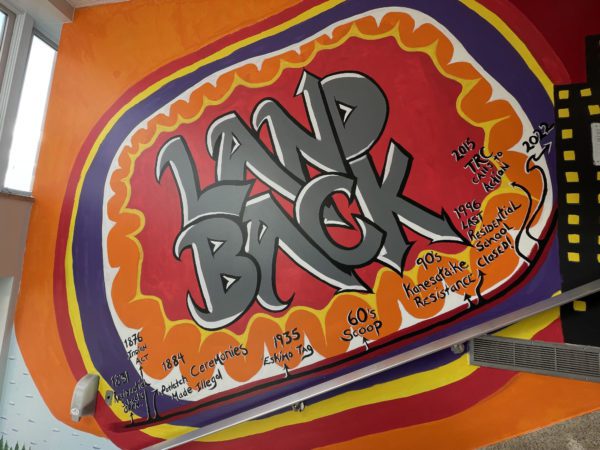 Yes, there are many ways to appreciate the contributions of First Nations, Métis, and Inuit individuals on National Indigenous Peoples Day and throughout National Indigenous History Month, but why doesn’t hegemonic society make more of an effort to acknowledge these contributions every day? While I think it is nice to have days to recognize achievements and periods of history, the recognition must extend beyond a one-day event to develop an understanding of the true richness and diversity of different Indigenous Nations and stray away from tokenistic practices. National Indigenous Peoples Day or Truth and Reconciliation Day should not be the summation of your work towards reconciliation. These days should coexist with daily efforts to build sustainable, mutually beneficial relations to prioritize voices that have long since been marginalized in education. I’ve learned that the actual work is moving beyond these ‘days’ or simple performative acts. Good intentions are more meaningful when combined with reflective practice and ongoing commitment. Check out some of the work Beurling Academy did to integrate Truth and Reconciliation as part of project-based learning with a mural and artist workshops.
Yes, there are many ways to appreciate the contributions of First Nations, Métis, and Inuit individuals on National Indigenous Peoples Day and throughout National Indigenous History Month, but why doesn’t hegemonic society make more of an effort to acknowledge these contributions every day? While I think it is nice to have days to recognize achievements and periods of history, the recognition must extend beyond a one-day event to develop an understanding of the true richness and diversity of different Indigenous Nations and stray away from tokenistic practices. National Indigenous Peoples Day or Truth and Reconciliation Day should not be the summation of your work towards reconciliation. These days should coexist with daily efforts to build sustainable, mutually beneficial relations to prioritize voices that have long since been marginalized in education. I’ve learned that the actual work is moving beyond these ‘days’ or simple performative acts. Good intentions are more meaningful when combined with reflective practice and ongoing commitment. Check out some of the work Beurling Academy did to integrate Truth and Reconciliation as part of project-based learning with a mural and artist workshops.
Orange Shirt Day & Allyship
Leading up to today, I spent a lot of time reflecting on this year and on what my colleague Ben Loomer and I have learned while working on the Education for Reconciliation dossier. At the start of this school year, a virtual Orange Shirt Day gathering took shape in response to nationwide media coverage on residential schools. The idea was to allow students to share their learning with others across the province. A lot of participants from across the province attended this gathering. It was moving to hear what students had learned, but upon deeper reflection, we wondered if we placed too much emphasis on this singular event.
While we hosted, educators had ongoing networking sessions this year, students were only invited to one event. I think more virtual gatherings throughout the year for students could empower them to share their learning and projects related to appreciating the diversity of Indigenous cultures.
During the last Education for Reconciliation Networking Session of this school year, participants reflected on how Orange Shirt Day works towards reconciliation and whether participating in this day alone is allyship. These questions made me think more about the difference between mere performative action and true allyship. Educators may unconsciously focus on learning and teaching about trauma more than about the accomplishments and diversity of Indigenous language groups. It is important to teach the meaning behind the orange shirt, for students to know that they do not need an orange shirt to acknowledge the history and legacy of residential schools. Allyship is about more than the colour of your shirt…
The Invisibility of Implicit Biases
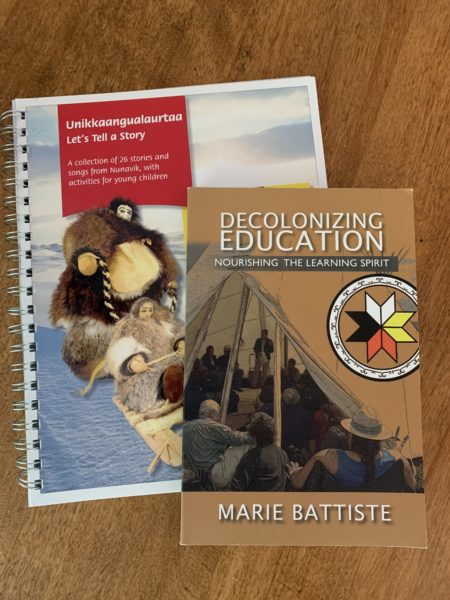 I recently watched a TVO interview on diversity and inclusion training in the workplace. What I found interesting was that the interviewees frequently drew similarities between diversity, equity, and inclusion training in literacy learning. As anyone who has taught language classes before can contest, language learning is complex and multi-faceted. It takes years to become versed in a language, and equity literacy is no different. Even after years of active listening and conscious learning, I still make mistakes. Becoming aware of implicit biases takes sustained and intentional efforts.
I recently watched a TVO interview on diversity and inclusion training in the workplace. What I found interesting was that the interviewees frequently drew similarities between diversity, equity, and inclusion training in literacy learning. As anyone who has taught language classes before can contest, language learning is complex and multi-faceted. It takes years to become versed in a language, and equity literacy is no different. Even after years of active listening and conscious learning, I still make mistakes. Becoming aware of implicit biases takes sustained and intentional efforts.
I continue to work on becoming more conscious of my privileges and prejudices to reduce potential unconscious microaggressions. Thank you to those who made me more aware that singular days remembering tragedies are not true inclusion or allyship. We would not expect a child to learn how to read and write if we only spent one day a year explicitly teaching about literacy. We need to spend more time explicitly learning and teaching about equity, diversity, and inclusion throughout the school year if we want students and teachers to become literate in equity.
Giant Floor Map
Canadian Geographic recently approached LEARN with the opportunity to receive an Indigenous Peoples Atlas of Canada giant floor map education kit to share between school boards in Quebec. The map is a gift from the McConnell Foundation. Indigenous organizations collaborated to create the map and its accompanying resources. It represents an exciting opportunity to continue learning and building relationships.
We are still in the process of creating a booking system for the map. Please contact us if you want to host at your school or board. We suggest you invite a member(s) of your local Indigenous community to see and potentially speak to students and teachers about different aspects of the map. Be sure to follow local protocols for contacting and inviting Indigenous community members to the school. If your board has an Indigenous Liaison, we suggest you reach out to them about your intentions.
Funding & Resources
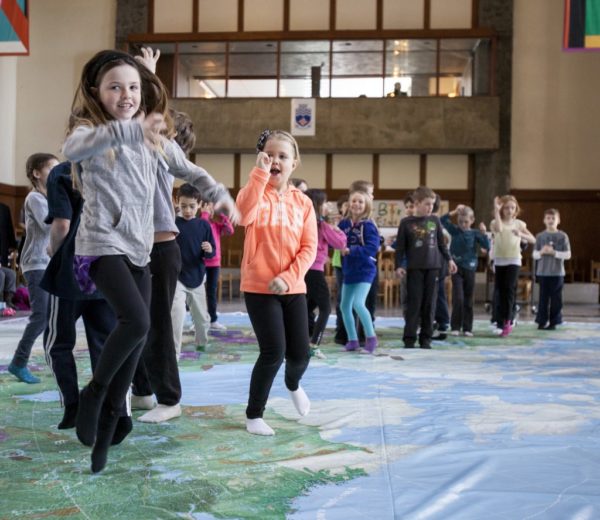
Jessica Finn/Canadian Geographic. Used with written permission from Canadian Geographic. Source
We also recommend you apply for funding measures from group 15060 beforehand to give a respectful honorarium or gift to a member(s) of your local Indigenous community. Again, the map is just one way to bring learning into your educational programming all year long. The First Nations Child & Family Caring Society has many resources including calendars, activity books, and planning tools that are useful when planning your learning opportunities for the 2022-2023 school year. They also have a child-friendly version of the Calls to Action (EN/FR).
National Indigenous Peoples Day may happen to be when most Quebec schools have or are about to break for summer, but appreciating the diversity of Indigenous cultures and the contributions of Indigenous people should be something that schools do all year round. Why not take some time this summer to start learning and planning projects with members of your local Indigenous community? You may find some helpful resources and information on our Padlet (EN / FR). You are also welcome to join the LEARN Education for Reconciliation mailing list if you are interested in reading about professional learning opportunities throughout the year.
More than a Day
It is essential to recognize the legacy of the Canadian Indian Residential School System and ensure that students know they do not need to have an orange shirt to mark this day. But, it is also crucial that we also recognize the accomplishments of Indigenous language groups and individuals. We need to regularly acknowledge professionals in our classroom from the 11 different Indigenous Nations that live in what we now call Quebec. This recognition is beneficial for Indigenous and non-Indigenous students. So let’s take time on National Indigenous Peoples Day and every other day to learn and teach about the accomplishments of First Nations, Métis, and Inuit individuals with members of Indigenous communities.
Featured Photo Credit
Tanya Kirnishni/Canadian Geographic. Used with written permission from Canadian Geographic. Source

